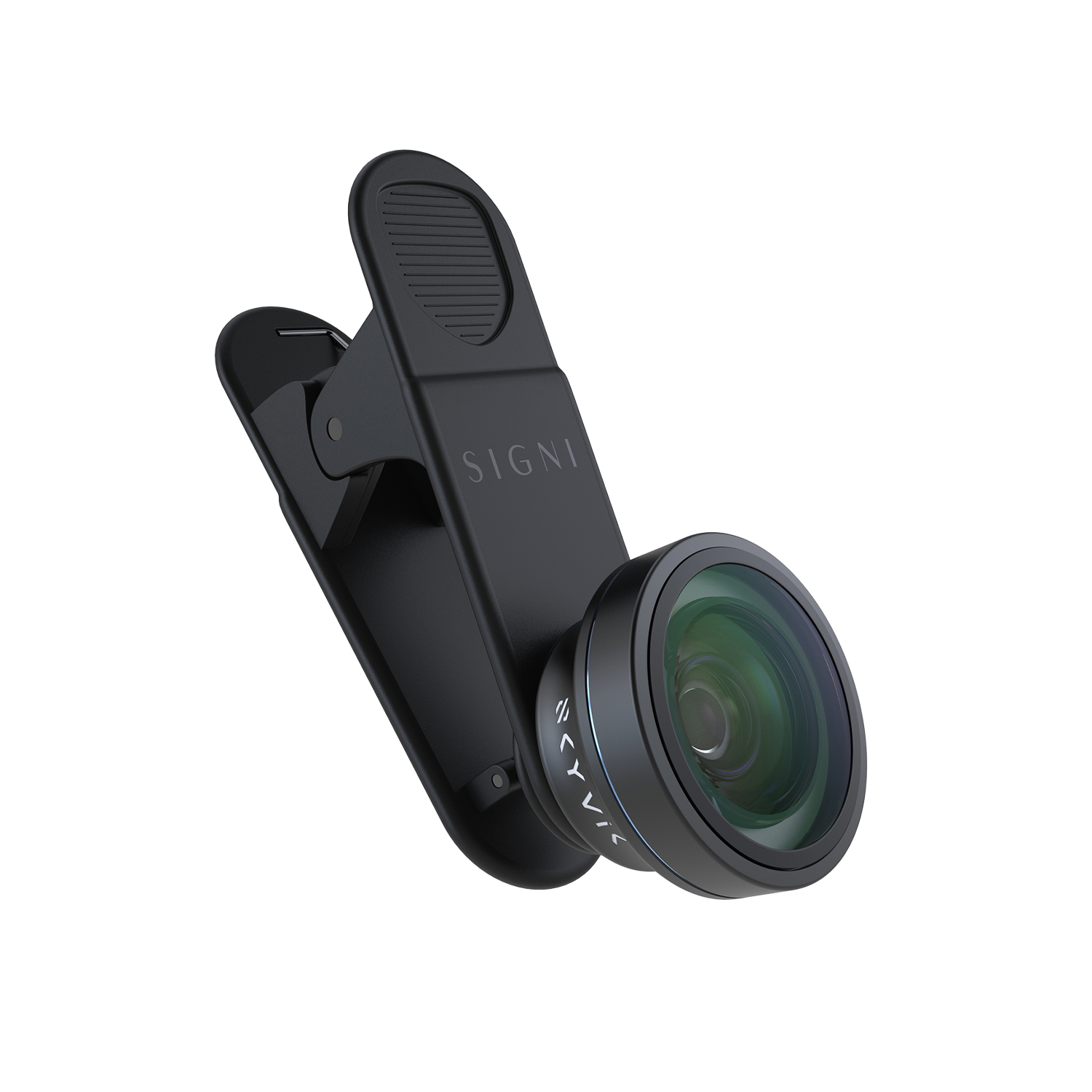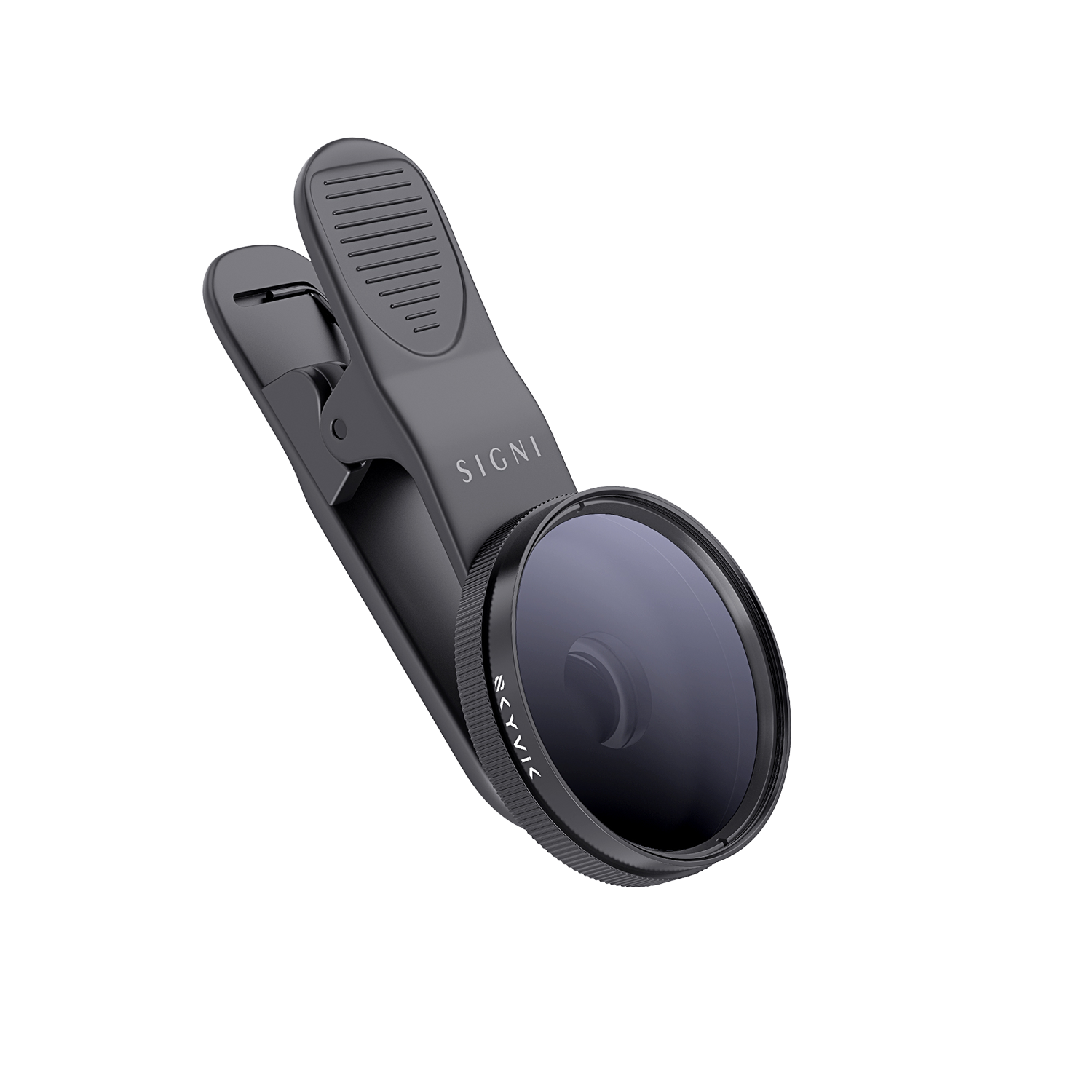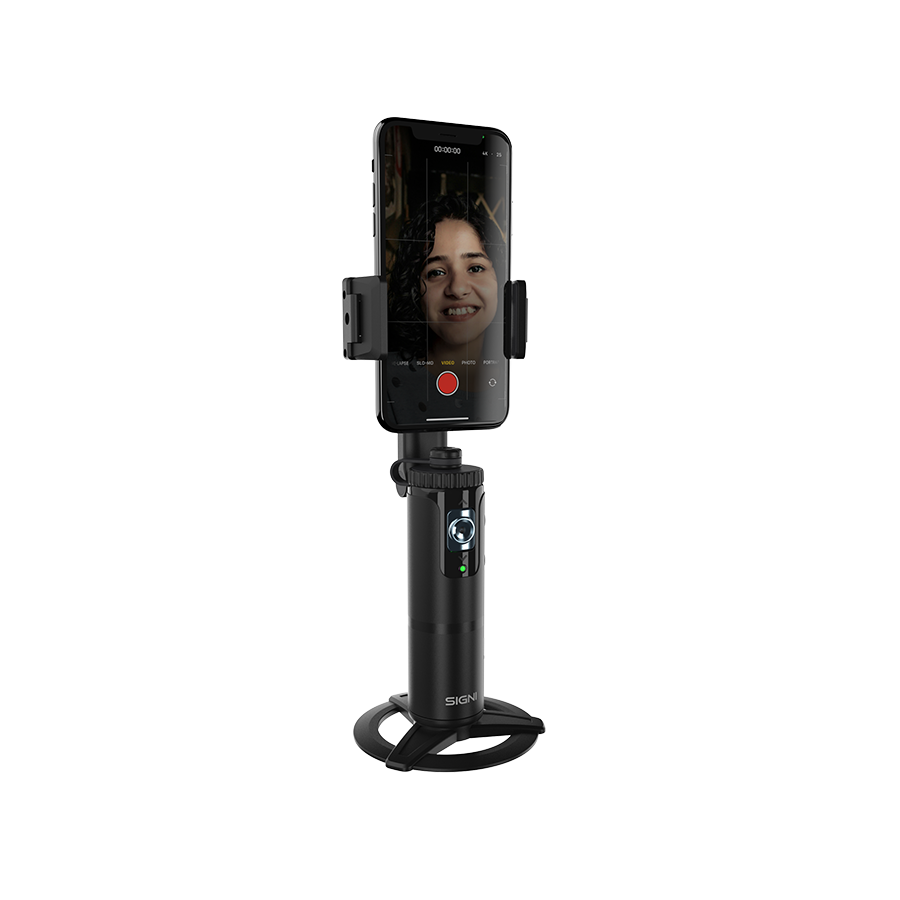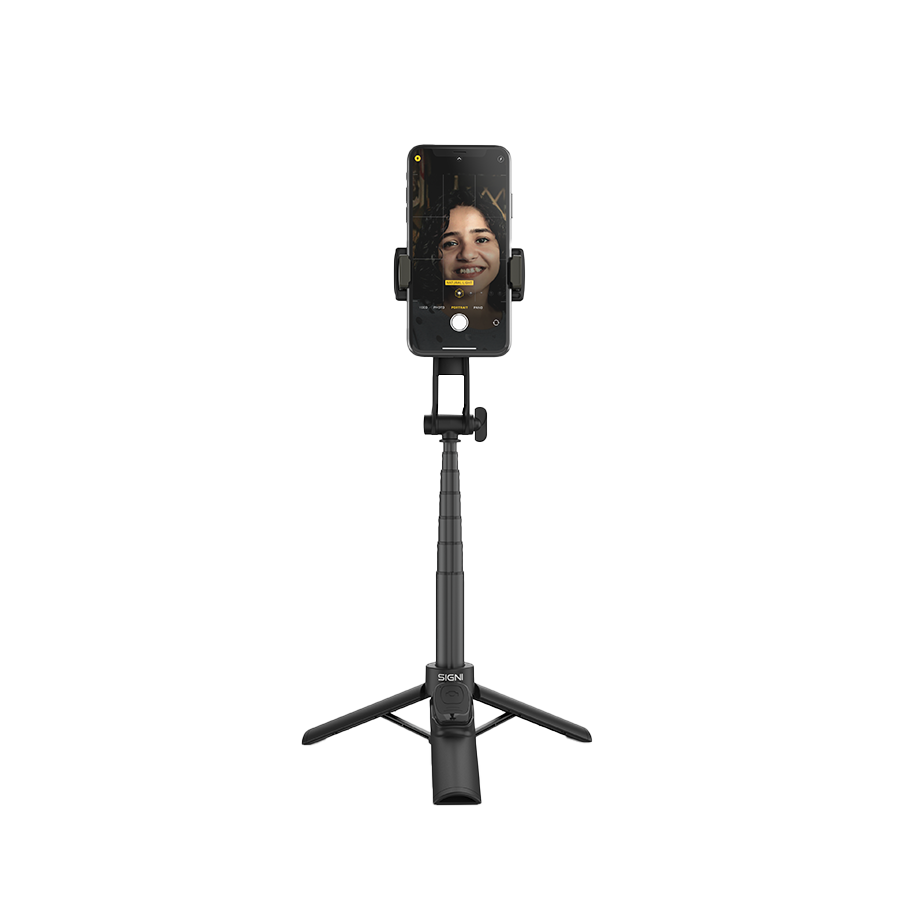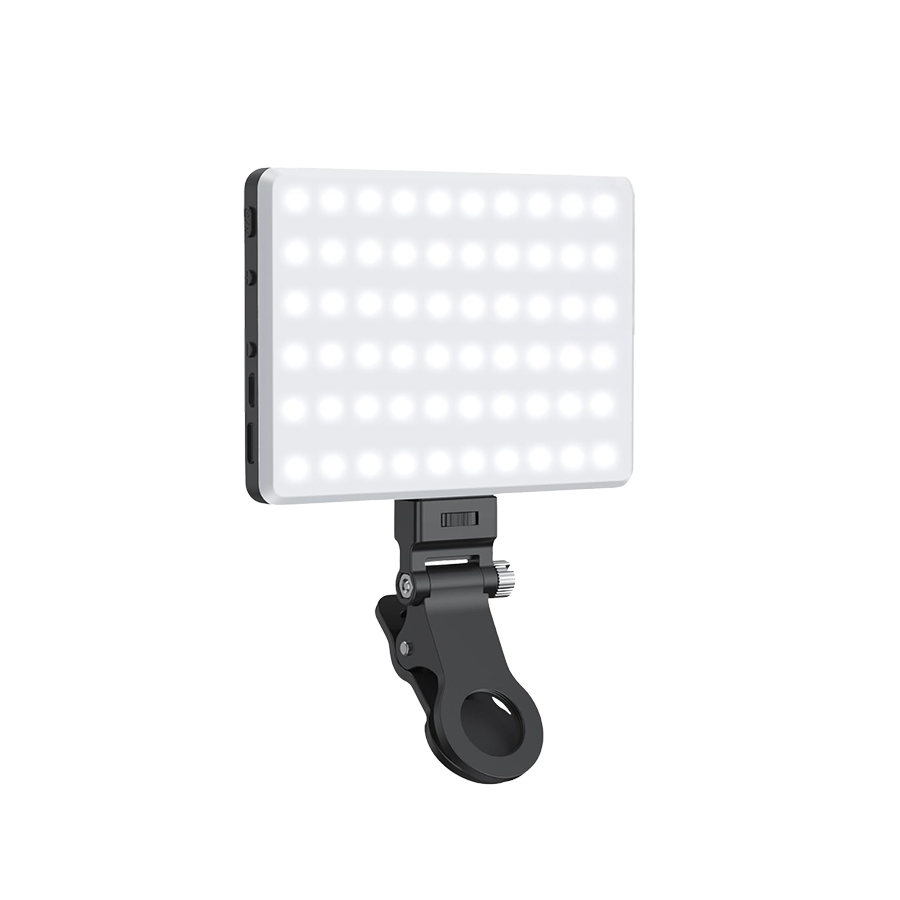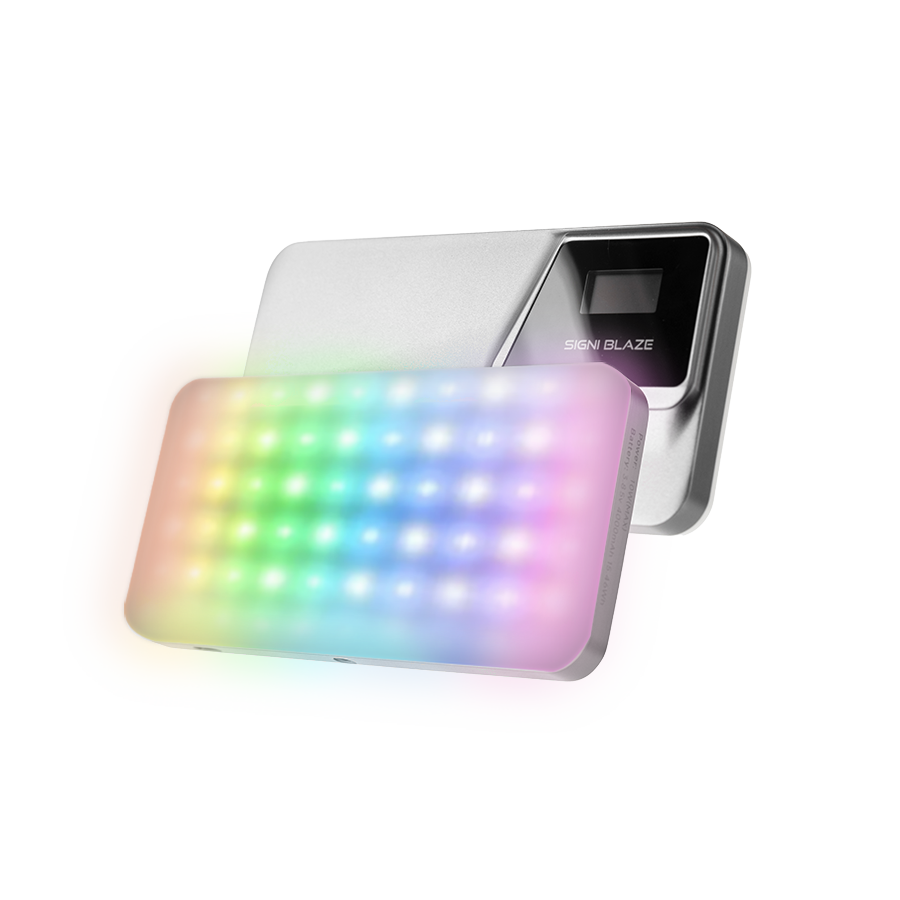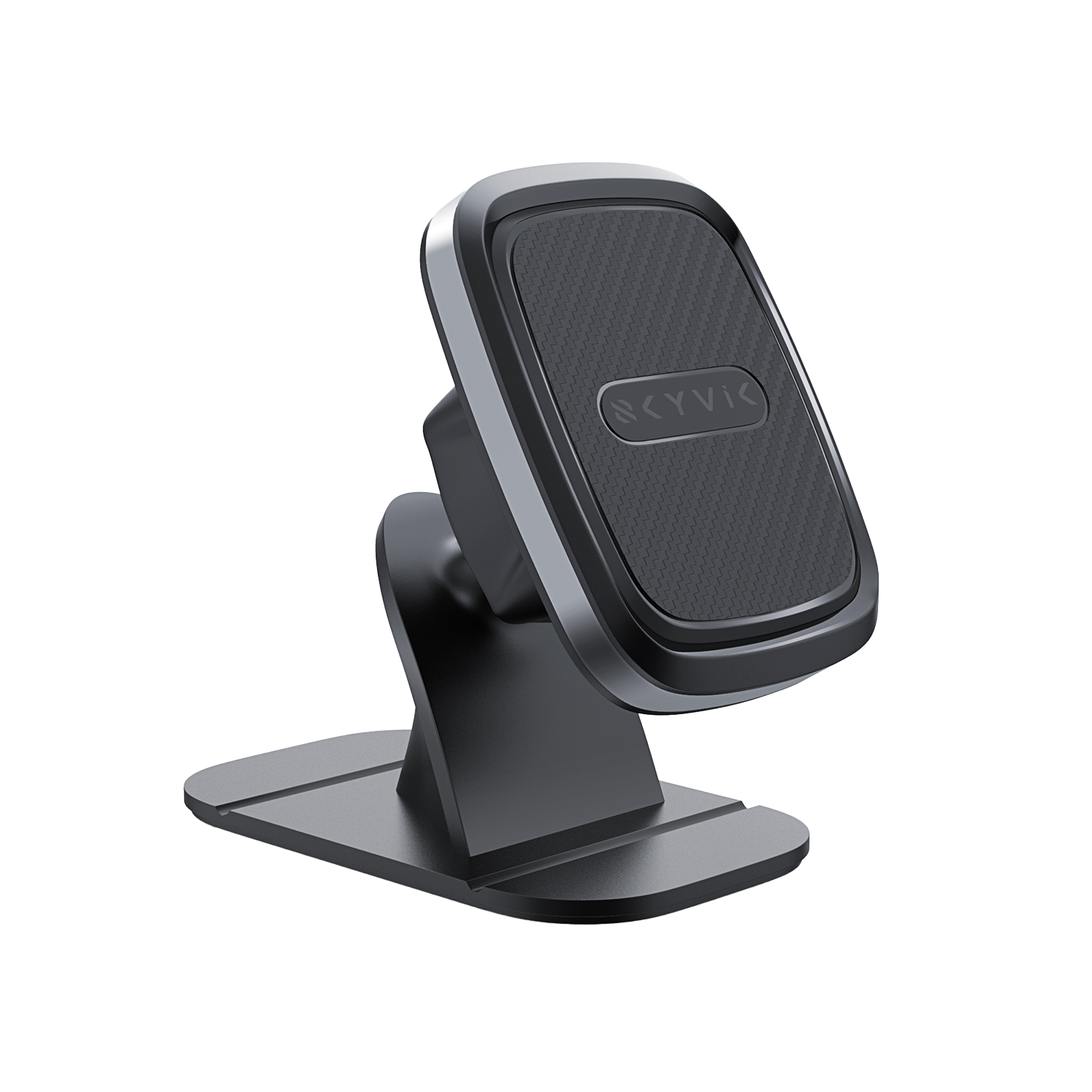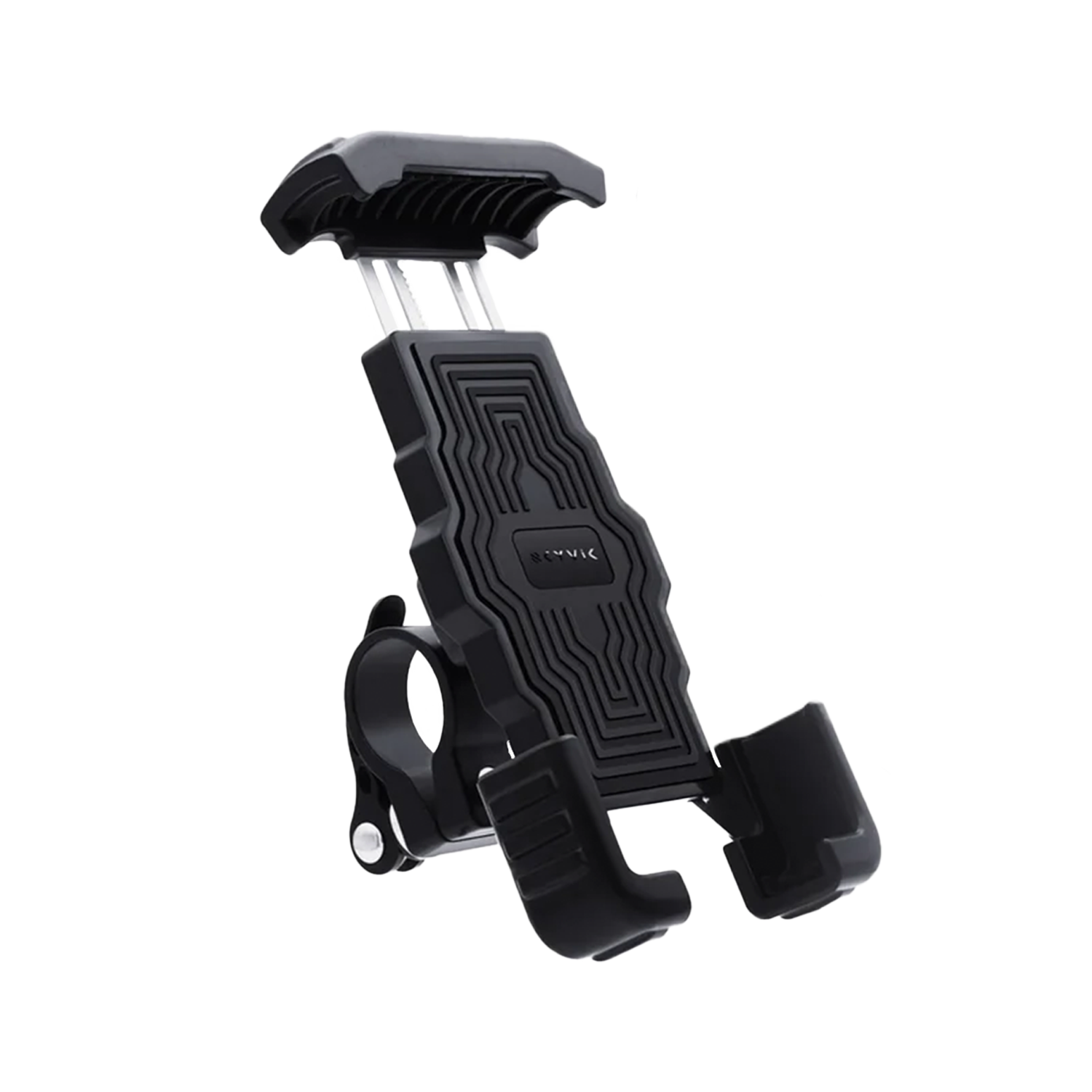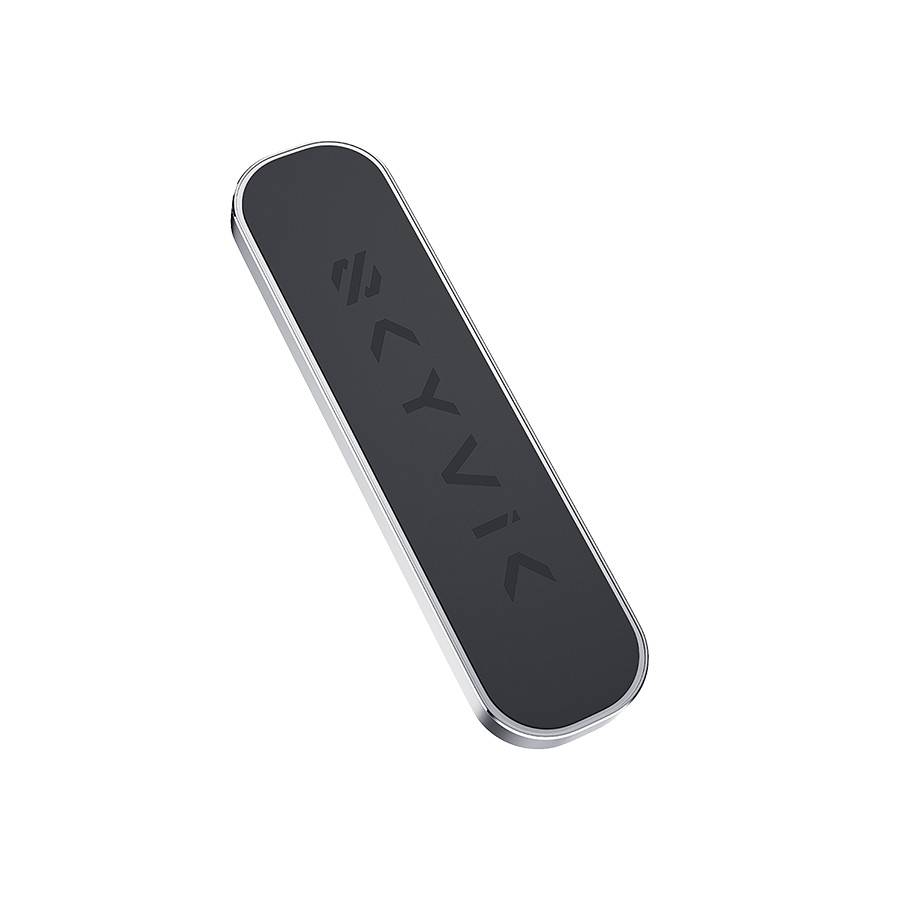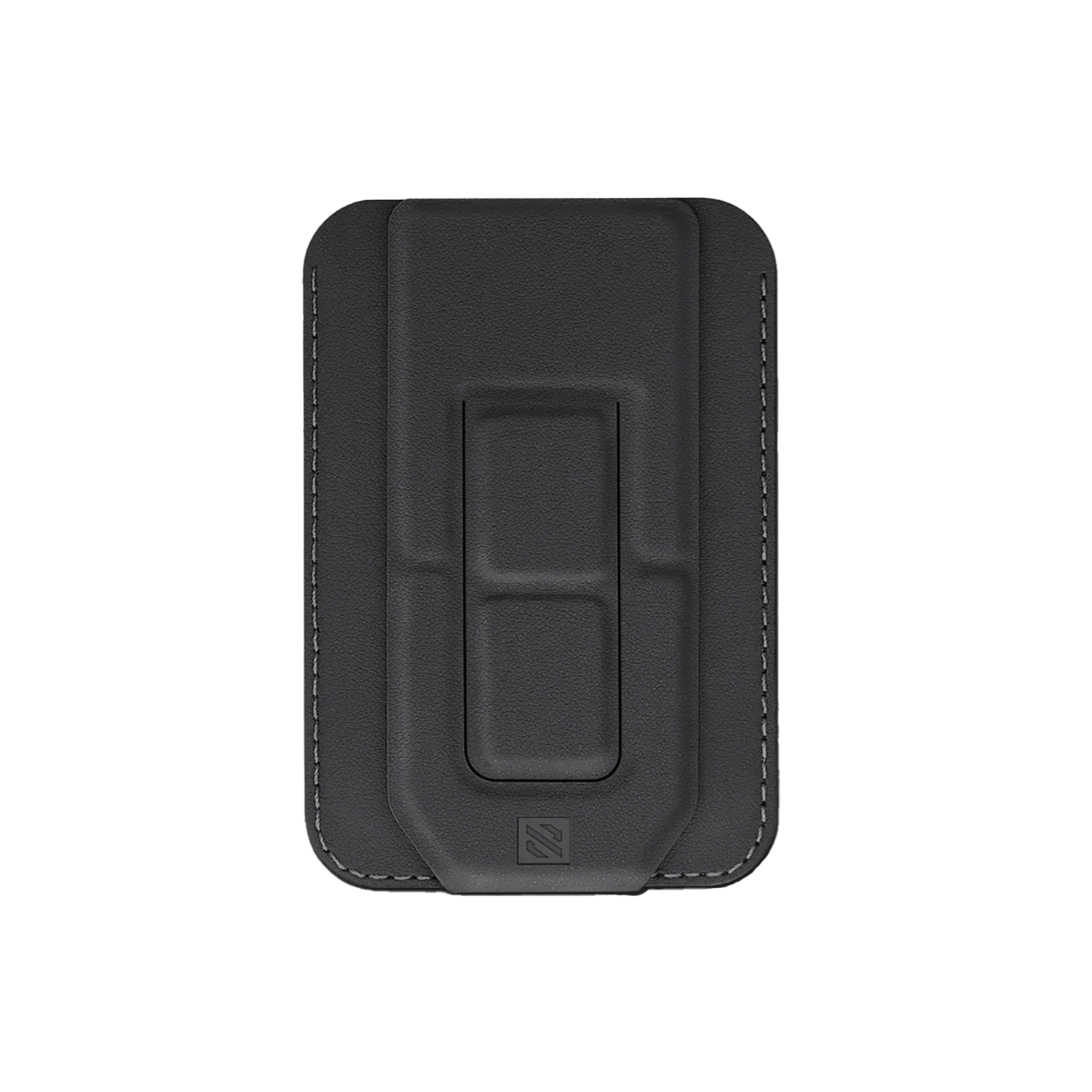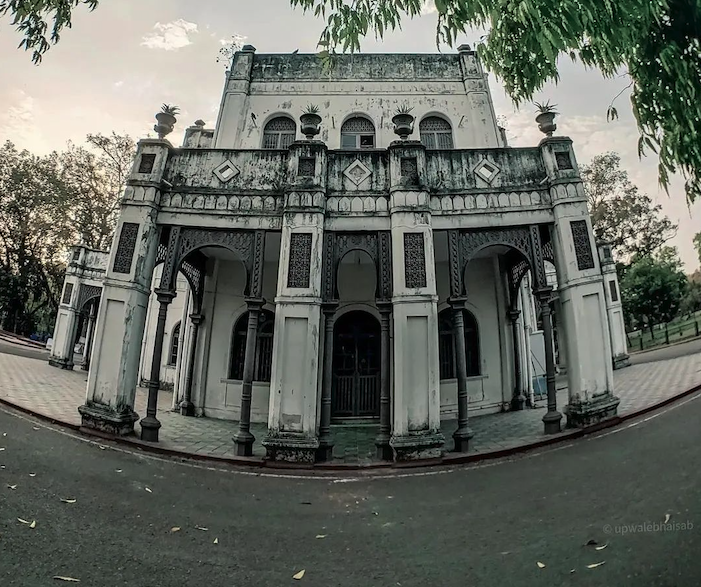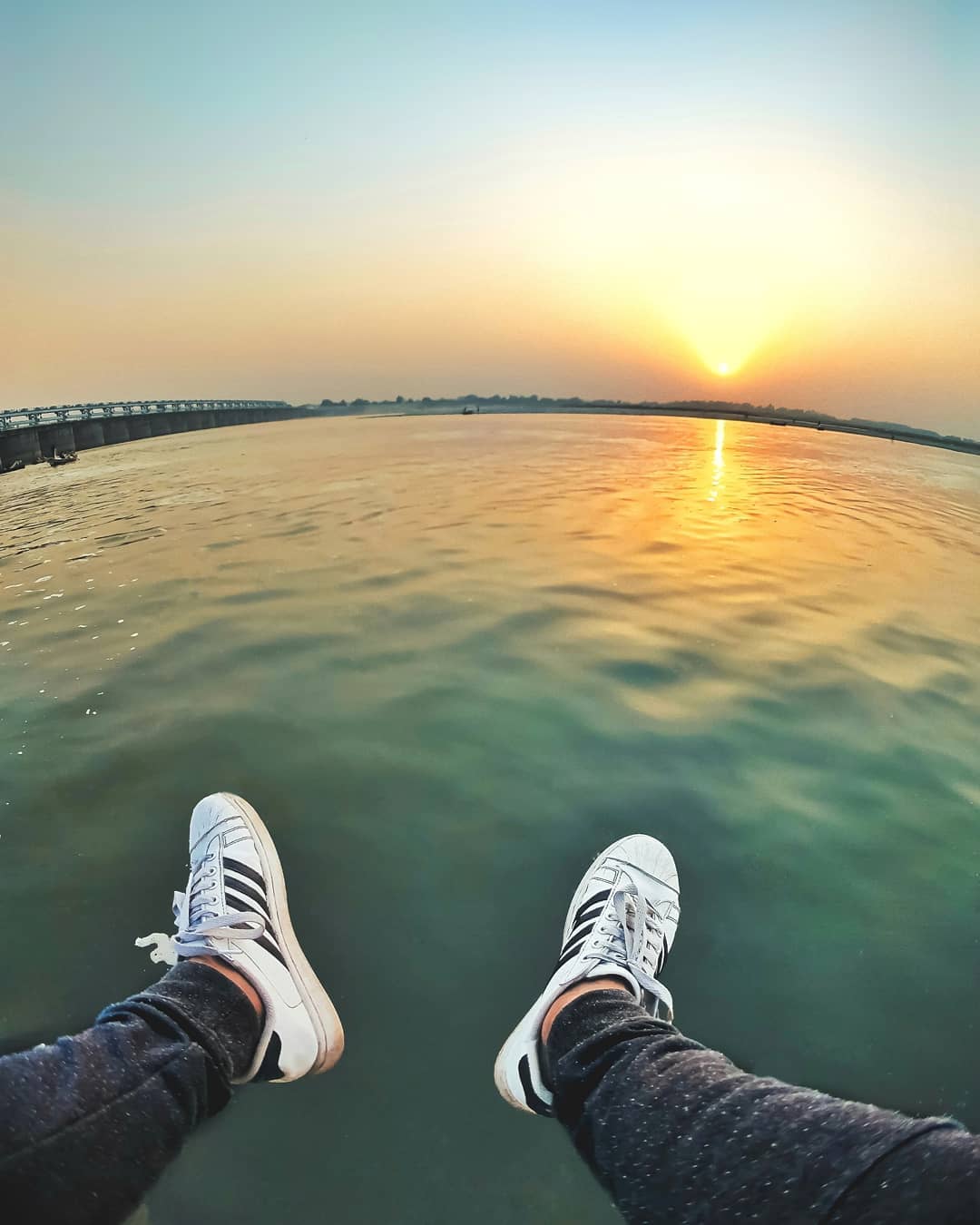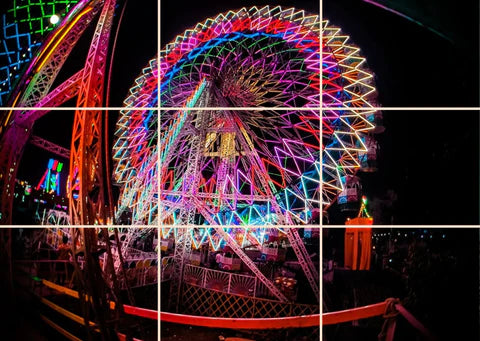MOBILE LENSES
Mobile Holders
Everyday Essentials
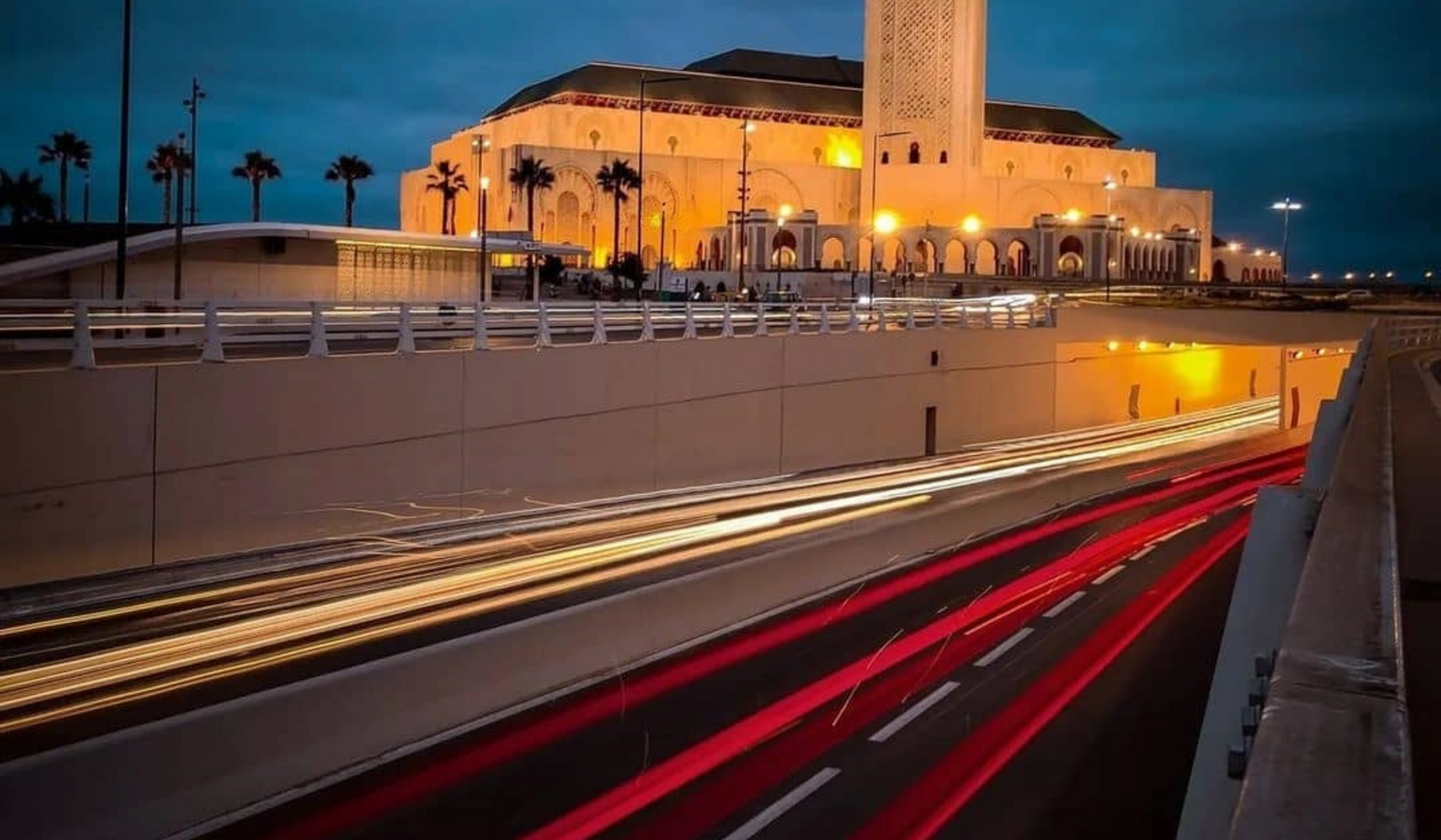
Guide to Shoot Long Exposure Photography
2 min read
Long exposure photography is a captivating technique that allows photographers to create mesmerising images by manipulating time. Whether you're aiming to capture dreamy landscapes, silky waterfalls, or dynamic light trails, mastering long exposure requires a combination of technical skill and artistic vision. Here are some essential tips to help you elevate your long exposure photography game:
-
Invest in a Sturdy Tripod: Stability is key when it comes to long exposure shots. A sturdy tripod is your best friend, ensuring that your camera remains still throughout the extended exposure time. Look for a Skyvik Signipod with adjustable legs and a solid build to withstand varying terrains and weather conditions. Moreover, the Skyvik Signipod transforms into a convenient selfie stick, adding an extra layer of versatility to your photography gear.
 Long Exposure Shot Clicked by @chafick_captures
Long Exposure Shot Clicked by @chafick_captures -
Use a Remote Shutter Release: Take control of your long exposure shots with the Skyvik SigniClick remote shutter release. By minimizing the risk of camera shake, SigniClick ensures your images are sharp and clear. Instead of manually pressing the shutter button, this remote allows you to trigger your camera with precision, guaranteeing stability for those mesmerizing long exposure moments. Elevate your photography experience with the reliability and convenience of the Skyvik SigniClick remote shutter release.

-
Master Manual Mode: Long exposure photography demands precision in exposure settings. Switch to manual mode on your camera to have full control over aperture, shutter speed, and ISO. Adjust these settings based on the desired effect, such as a smaller aperture for increased depth of field or a longer shutter speed for capturing light trails.

-
Select the Right ND Filter:Neutral density (ND) filters are crucial for controlling the amount of light that enters your camera. In bright environments, the ND 16 filter from Skyvik allows for longer exposures without overexposing the image, ensuring optimal results. When you need even more light control, the ND 64 filter steps in, providing versatility in various lighting conditions. With Skyvik ND filters, you have the flexibility to achieve the desired effect, whether it's capturing flowing water or creating stunning long exposure shots in challenging lighting situations.
 ND Filter Shot Clicked by @hightide.films
ND Filter Shot Clicked by @hightide.films -
Pay Attention to Composition: Long exposure photography provides an opportunity to play with composition creatively. Focus on strong foreground elements, leading lines, and interesting shapes. Experiment with framing to create visually compelling images that draw viewers into the scene.

-
Be Mindful of White Balance: Long exposures can sometimes introduce color casts. Adjust your camera's white balance settings to ensure accurate and natural colors in your images. Consider shooting in RAW format for more flexibility in post-processing.

-
Experiment and Learn from Each Shot: Long exposure photography is an evolving process. Don't be afraid to experiment with different shutter speeds, compositions, and locations. Review each shot, analyze the results, and learn from your experiences. Each photo is a step toward refining your skills and developing your unique style.
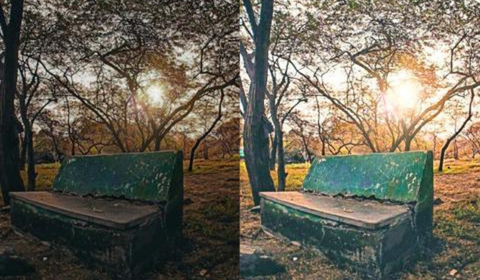
Embrace the challenge of long exposure photography, and let your creativity flow. With these tips, you'll be well-equipped to capture stunning images that showcase the beauty of time unfolding before your lens.

